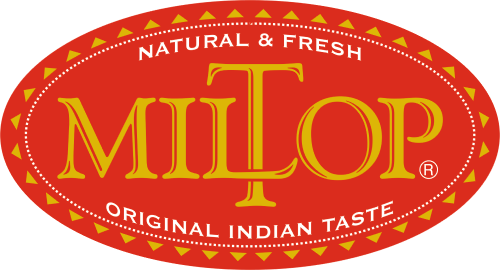Description
[vc_row full_width=”stretch_row”][vc_column][vc_tta_tabs][vc_tta_section title=”Description” tab_id=”1643872497540-2c791d2e-f97e252f-d51c”][vc_column_text]
If cardamom is the queen of spices and peppers the black king, then turmeric is definitely the taste of India; because without turmeric every Indian kitchen is bare and incomplete. Indian Turmeric, which is also popularly known as “Indian Saffron”, because of its bright yellow color, is considered the best in the world. Turmeric is mildly aromatic and has scents of orange or ginger. Turmeric has a pungent, bitter flavor.
It is a perennial plant found in the tropical regions of Southern Asia. Turmeric is a rhizome, an underground stem growth from which roots and shoot grow. The rhizomes are boiled, peeled and dried for a week in the sun before they are graded for quality. Turmeric is a spice valued in international market more for the bright yellow colours than as a flavouring material. Turmeric, one of the ancient spices is commonly used as a dye and condiment. Since antiquity this spice is a significant ingredient in the curry powders. Mostly this spice is traded in the whole form and then processed into powder, oil or oleoresin by the industrial sector. Turmeric has a peppery aroma and flavour with a hint of wood. It has a number of grades, these are related to traditional and familiar sources and nearness of maker to production.To mention a few grades, Aleppo Finger (Kerala), Erode Finger from Tamil nadu, Rajapuri Turmeric from Sangli (Maharashtra), Nizamabad, and Cuddapah Turmeric form Andhra pradesh are well accepted in the Indian market.
[/vc_column_text][/vc_tta_section][vc_tta_section title=”Medicinal Use” tab_id=”1643872497558-c99f8950-1ea2252f-d51c”][vc_column_text]
The aboveground and underground roots, or rhizomes, are used in various medicinal preparations. Turmeric is aromatic and a mild digestive, and in Asian countries it is taken to ease liver complaint and stomach ulcers. These are generally boiled and then dried, turning into the familiar yellow powder. Curcummin has been used for thousands of years as a safe anti-inflammatory in a variety of ailments. According to recent studies, turmeric is effective in fighting a number of STDs including Chlamydia and gonorrhea. Curcummin is also helpful in treatment for pancreatic cancer, multiple myeloma, Alzheimer’s, and colorectal cancer. Turmeric may be helpful in Digestive disorders, Osteoarthritis, Atherosclerosis, Roundworms and Intestinal worms, Liver Disease, Bacterial Infection, Wounds, Mosquito Repellent, Eye Disorder, etc. Turmeric has a long history of use by various herbalists. Curcummin from turmeric, as well as other substances in this herb, have antioxidant properties, which some claim may be as strong as vitamins C and E. It is currently used in the formulation of various sun screen, fairness creams and lotions. The anti-oxidant properties help to lighten the skin and also used for treating skin inflammations. Turmeric paste is also used by Indian women to keep them free of superfluous hair.
[/vc_column_text][/vc_tta_section][vc_tta_section title=”Culinary Use” tab_id=”1644038907338-f914ab40-bf49252f-d51c”][vc_column_text]
Turmeric is extensively used in Indian curries and South Asian cuisine, it lends flavor and taste. It has found application in dairy products, yogurts, biscuits, baked products, sweets, ice cream, cake icings, canned beverages, cereals, sauces, popcorn-color, gelatin, direct compression tablets, yellow cakes, etc. In combination with Annatto (E160b) it has been used to color cheeses, dry mixes, salad dressings, winter butter and margarine. Coded as E100, turmeric is a widely used food additive for products that are specially packaged to protect from sunlight. It is also used in mustard, pickles for compensating fading color. Turmeric is, perhaps, best appreciated as an ingredient in curries and curry powders, contributing flavour as well as the characteristics yellow colours. It is also used in chutneys and pickles, particularly piccalilli, kedgeree and many Indian rice, vegetable and dhal dishes.
[/vc_column_text][/vc_tta_section][/vc_tta_tabs][/vc_column][/vc_row]



